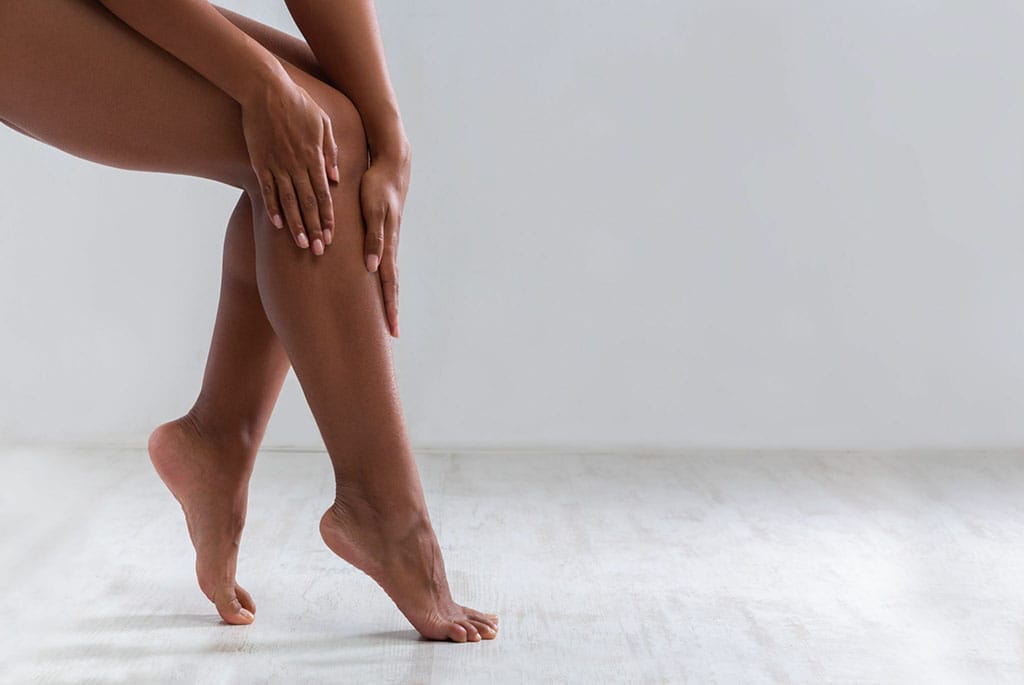This article is reviewed, corrected, and approved by: Dr. Benjamin McLean M.D. | FCPS | FRCP | MPH
If you are a skincare enthusiast, you may have heard about hyaluronic acid. If not, it won't be a problem. Let me introduce you to incredible benefits for skin hydration and overall skincare!
Hyaluronic acid has become an interest because of its significant advantage in skincare and joint health. It is often referred to as the "fountain of youth" because of its natural ability to maintain skin elasticity and promote joint mobility. Many people have become fascinated with its ability to keep skin supple and support joint movement.
What is Hyaluronic Acid?
Hyaluronan or Hyaluronic acid is a gel-like substance found abundantly in the human body. Particularly in connective tissues, skin, and eyes. It's a glycosaminoglycan, a molecule that retains water to keep tissues well-lubricated and moist.
Hyaluronic acid has become a versatile and valuable component in both skincare and joint health. Because of its hydrating, plumping, and supportive properties.
Scientific Studies and Research on Hyaluronic Acid
Several studies have shown the effectiveness of hyaluronic acid in skincare and joint health. Emphasizing its capacity to enhance moisture retention, collagen production, and joint lubrication.
Research suggests hyaluronic acid powder is generally safe and well-tolerated, with minimal adverse effects. However, the depth of penetration into the skin and its long-term effects may vary.
While studies prove its benefits, some inconsistencies exist in its efficacy across different molecular sizes and formulations. Further research is ongoing to address these variations.
Role Of Hyaluronic Acid In Maintaining Healthy Skin And Joints

In skincare, hyaluronic acid plays a pivotal role in retaining moisture. Promoting a plump and hydrated complexion. Its presence in joints acts as a lubricant, cushioning, and easing movement, helping in joint health and flexibility.
Hyaluronic Acid Before and After
Here are some differences you may notice before and after using hyaluronic acid. Let’s see what they are.
Hyaluronic Acid Before Use
Cleanse your skin to remove any oil on your skin, dirt or makeup. Which could clog your pores and prevent the HA from penetrating your skin.
Next, apply moisturizer to lock in the moisture from the HA. Following this, apply a HA serum or cream to replenish your skin's supply of HA and improve its hydration levels.
Finally, apply sunscreen to protect your skin from harmful UV rays. Or even you can use hyaluronic acid watery sun gel instead of sunscreen. It can protect your skin from damage and contribute to premature aging.
Concerns or considerations before using hyaluronic acid
While generally well-tolerated, some people with sensitive skin may experience mild irritation. Microneedling with hyaluronic acid is a common and safe way to improve the appearance of the skin. Meanwhile, some studies suggest that larger molecular forms might not penetrate deeply into the skin.
Recommended dosage and application methods
Dosage and application methods can vary based on the form—topical creams, hyaluronic acid masks, serums, or oral supplements. It's better to consult with an expert physician to guide appropriate dosages and usage for the best results.
Hyaluronic Acid After Use
Upon use, hyaluronic acid can deliver immediate hydration, giving the skin a more supple and smoother appearance. But you would feel the effects after some day uses. It assists in reducing the visibility of fine lines and can create a plumping effect.
Long-term benefits and changes to the skin's appearance

Consistent use over time can lead to enhanced skin elasticity and reduced dryness. Contributing to a more youthful complexion. Sustained moisture retention helps in maintaining healthy-looking skin.
Impact on joint health and mobility
For joint health, continued use may support better mobility. Ease the joint discomfort and potentially slow down degeneration by maintaining joint lubrication.
User Experiences and Testimonials
Many users have reported significant improvements in skin texture, firmness, and hydration. With the addition of hyaluronic acid to their skincare routine.
Joint pain sufferers also share experiences of improved mobility and reduced discomfort. Regular use of hyaluronic acid can enhance skin quality and joint function.
Expert Opinions and Recommendations
A. Insights from dermatologists, skincare experts, and medical professionals:
Experts emphasize the importance of hyaluronic acid in skincare routines. Especially for its moisture-retaining properties. They recommend combining it with other beneficial skincare ingredients for optimal results.
B. Expert advice on using hyaluronic acid for optimal results:
According to experts' consistency in usage and proper application techniques are essential to maximize the benefits. They also advocate for high-quality products to ensure efficacy.
C. Tips for maximizing the benefits of hyaluronic acid before and after use:
Suggestions include layering hyaluronic acid with a moisturizer to seal in the hydration. Using it on damp skin for better absorption and incorporate it both morning and night for enhanced results.
Does Hyaluronic Acid Darken Skin?
No, hyaluronic acid doesn't make your skin darker. Actually, it can do the opposite by making your skin look brighter and reducing the appearance of dark spots. When applied to the skin, it helps to smooth out wrinkles and fine lines, and it also helps to make your skin look lighter overall by reducing the appearance of dark spots.
Last Word
In this guide, I've tried to share the benefits of hyaluronic acid, its efficacy, safety, and real-life impacts. Having a better understanding of hyaluronic acid can assist in making rational decisions.
For their skin health and well-being. Whether they want to rejuvenate their skin or promote joint health.


